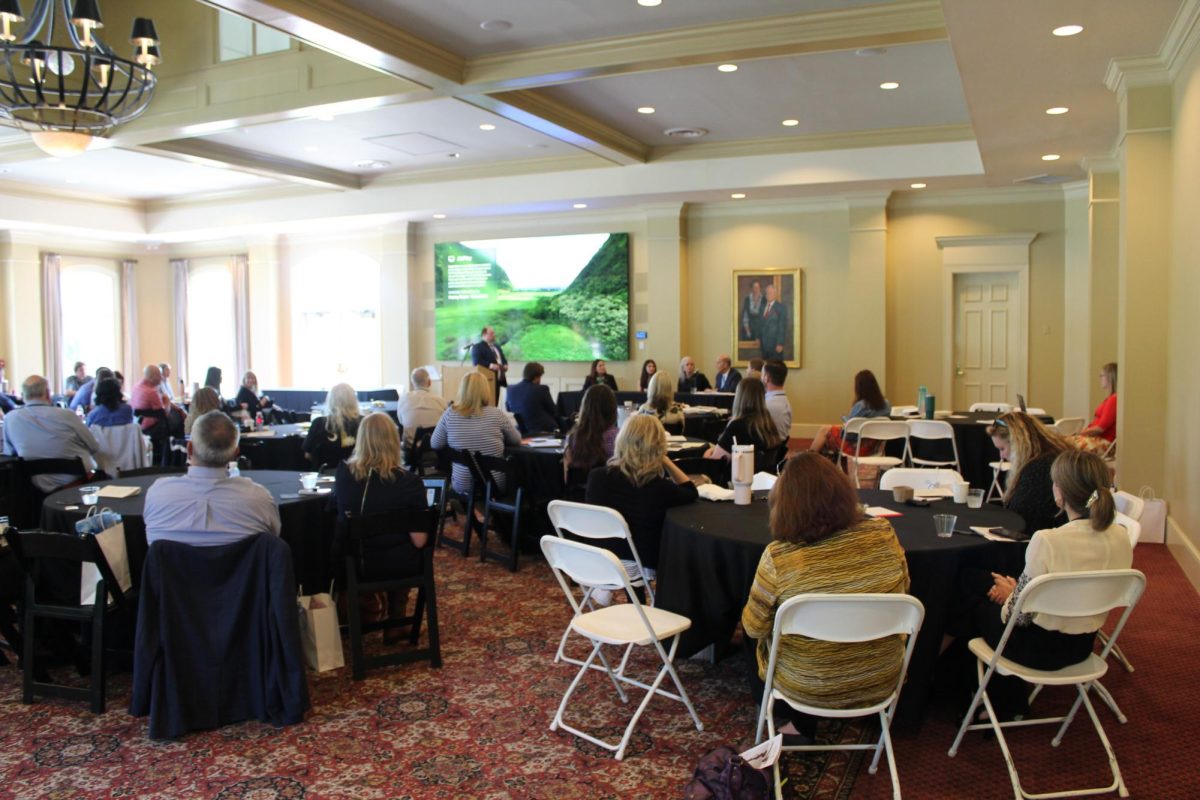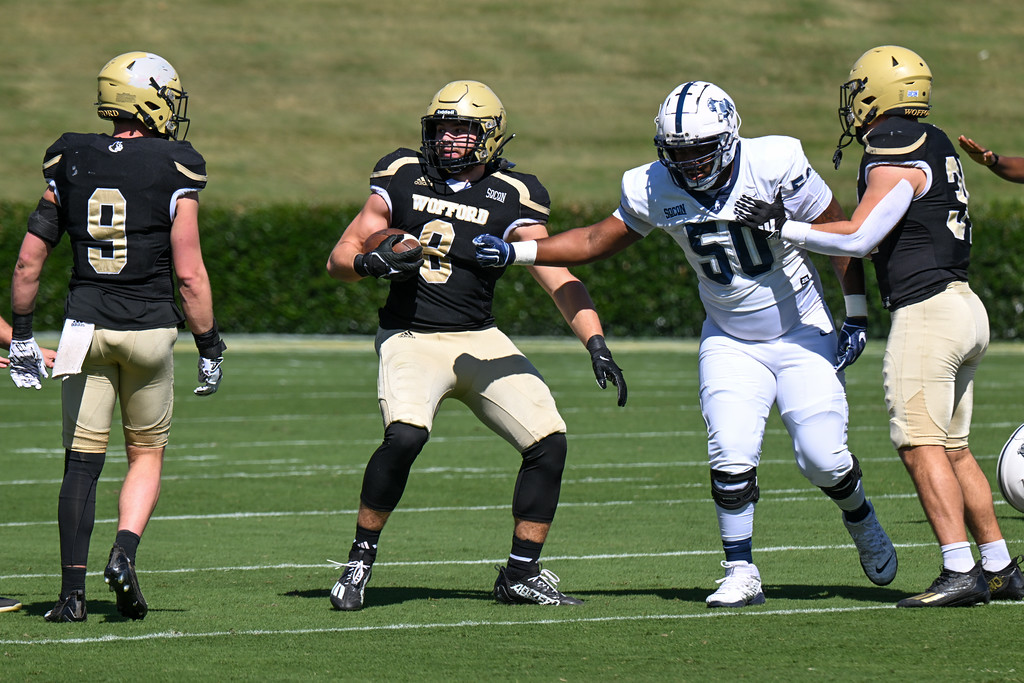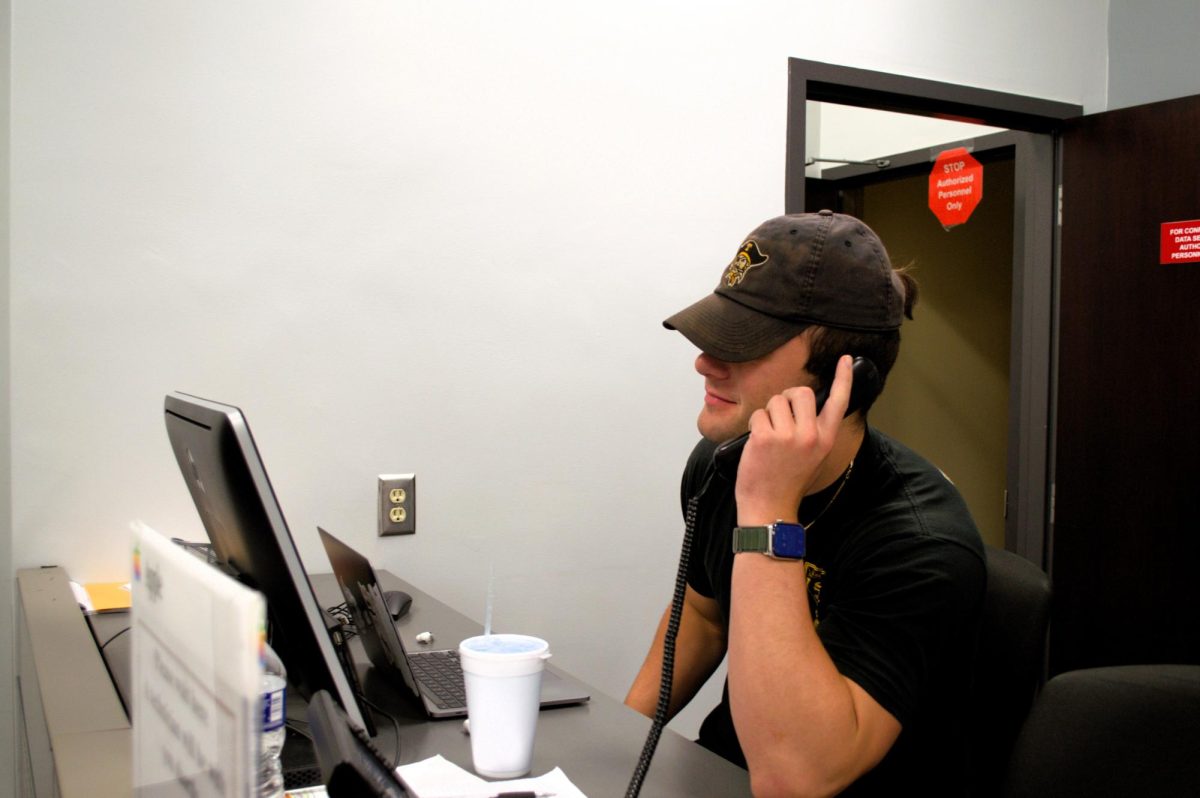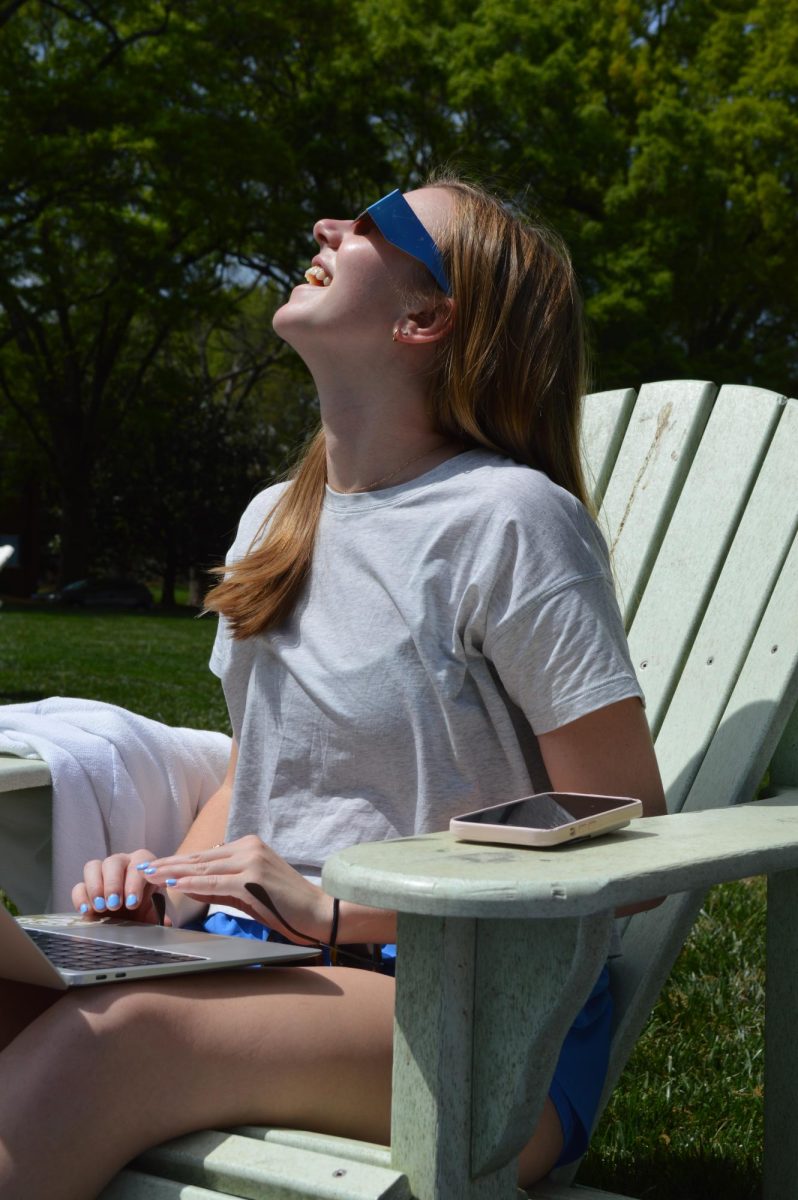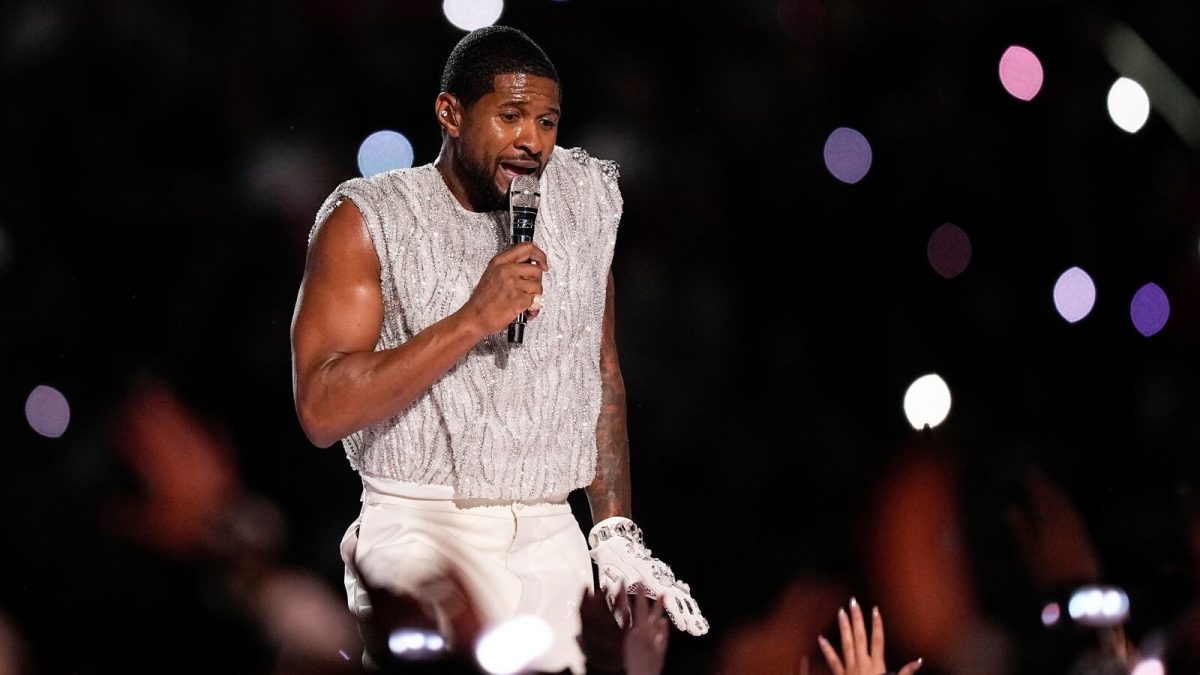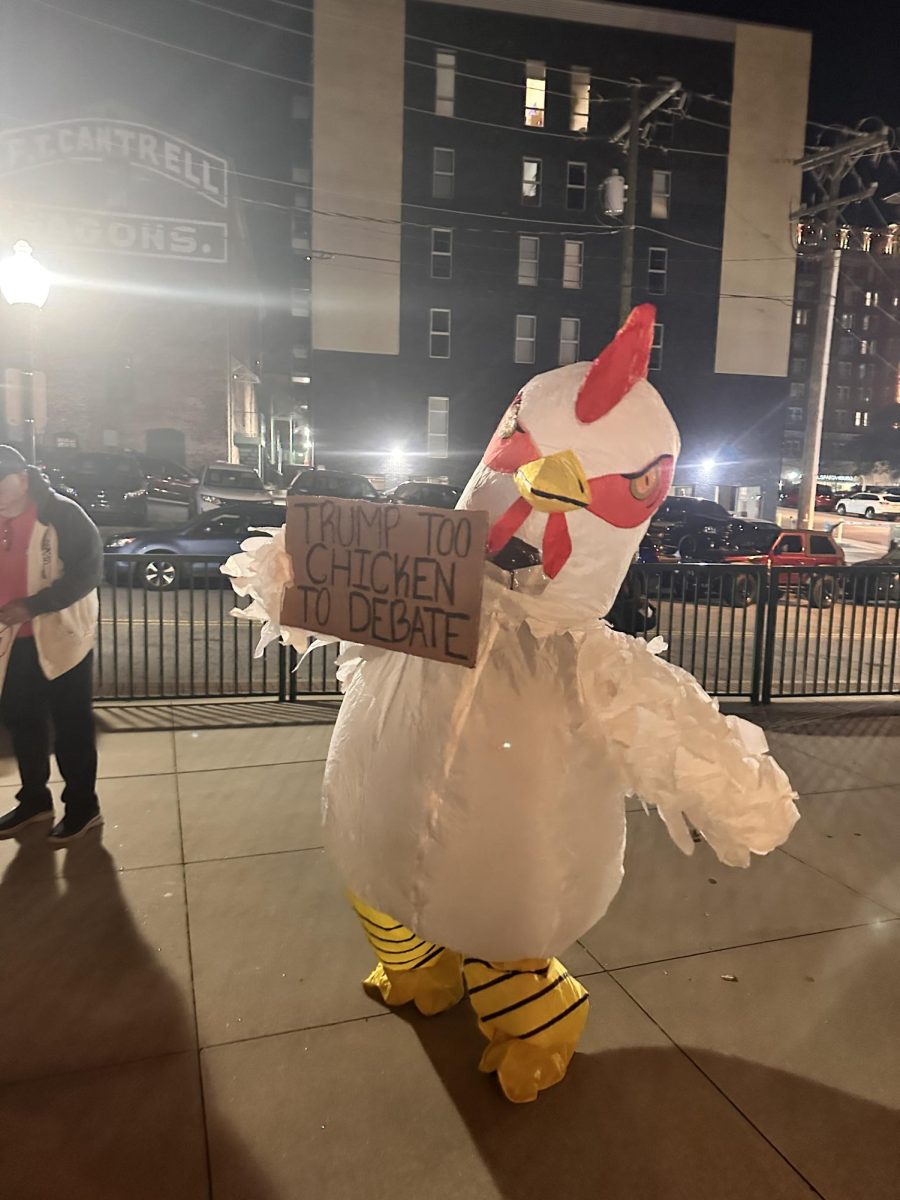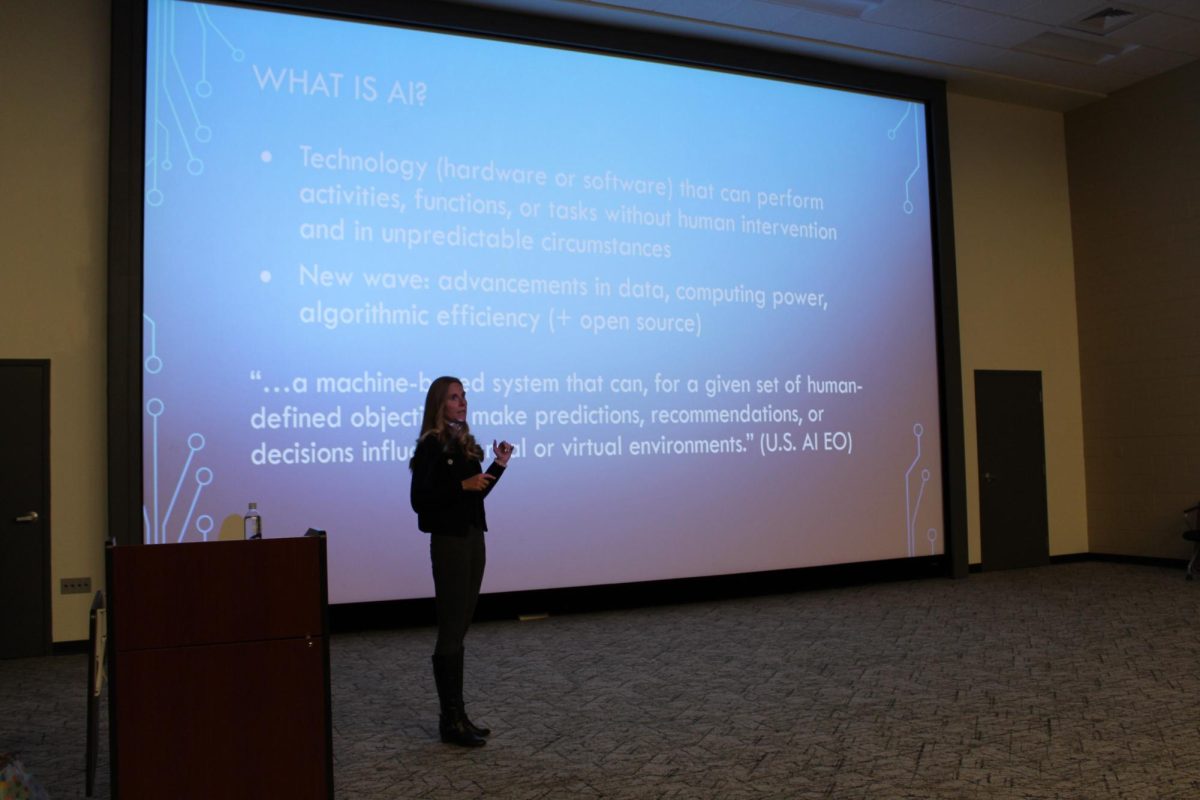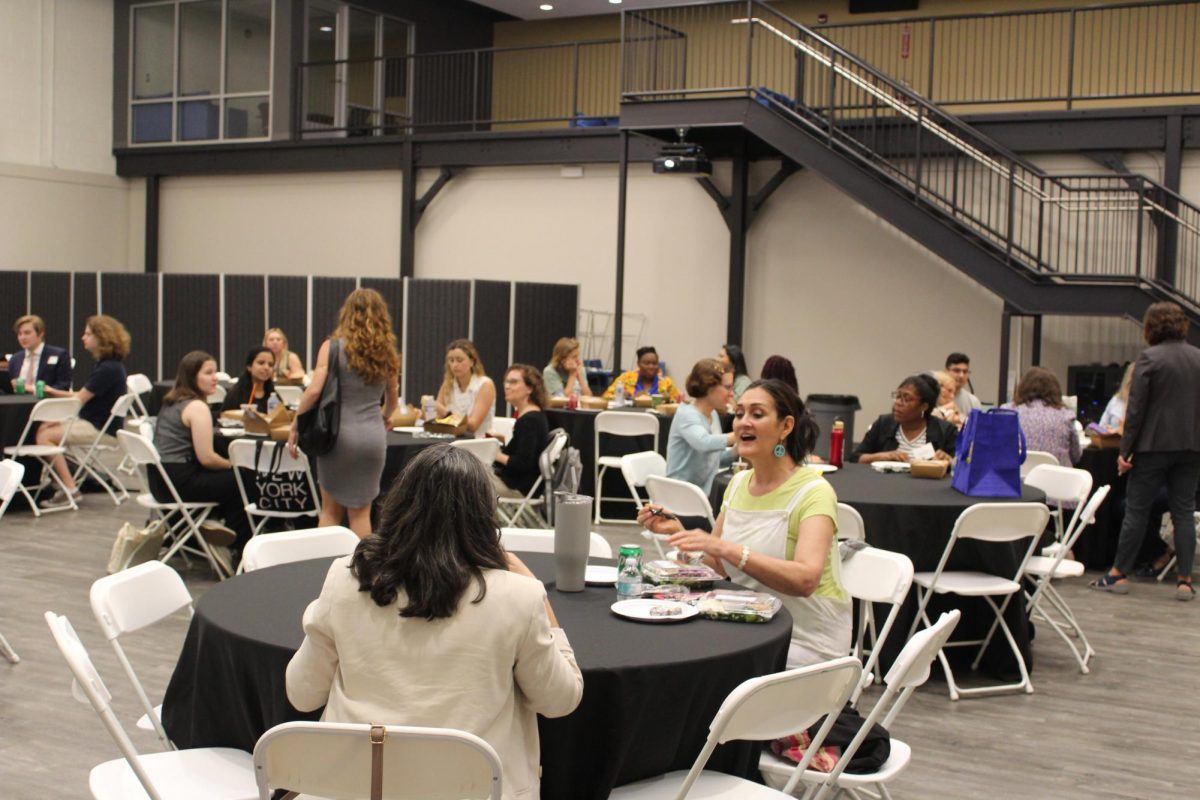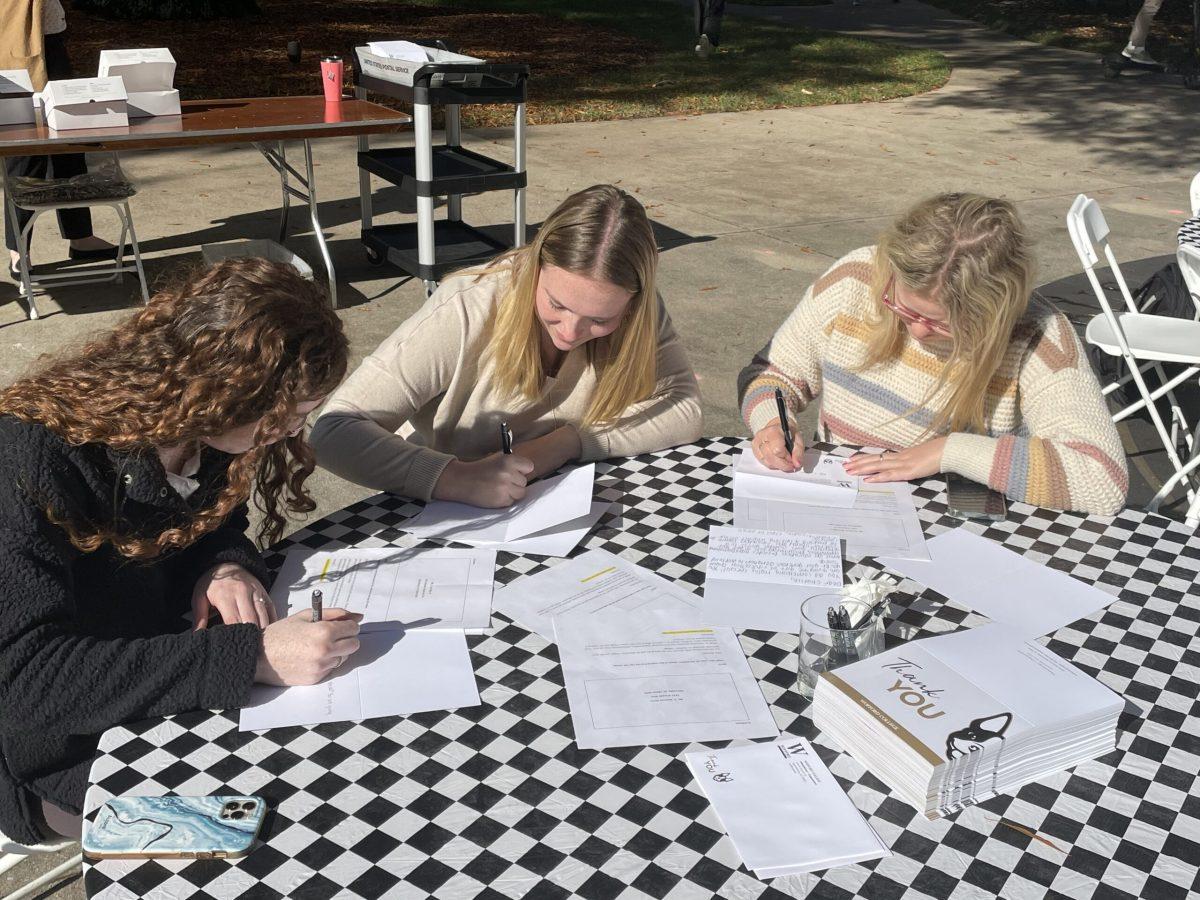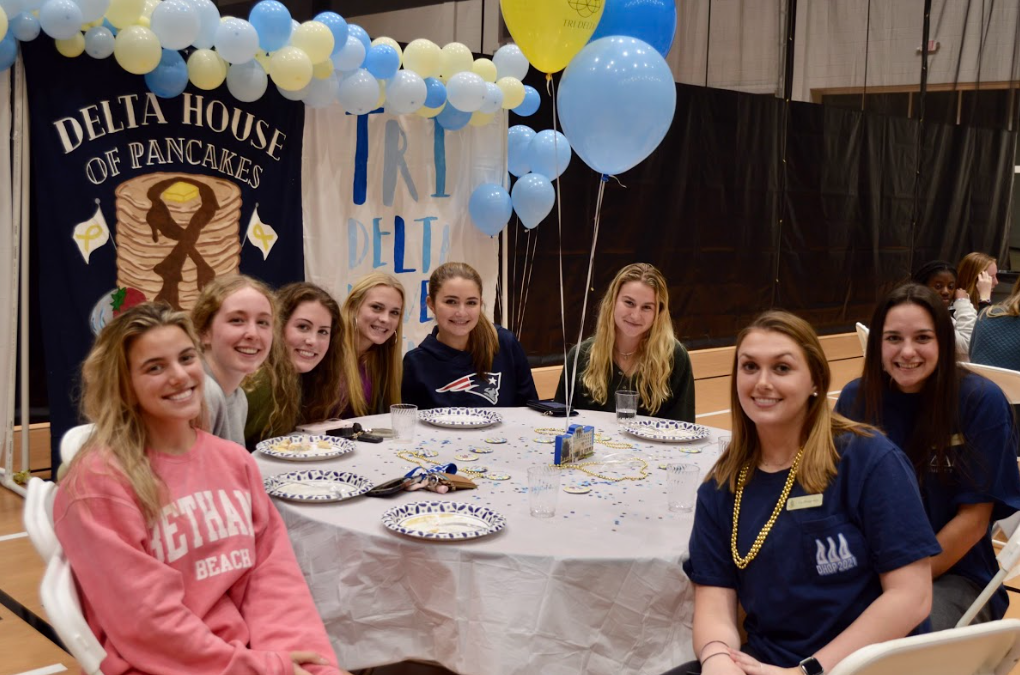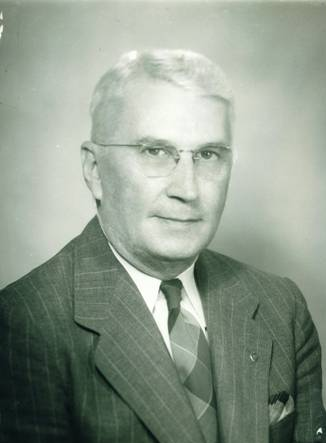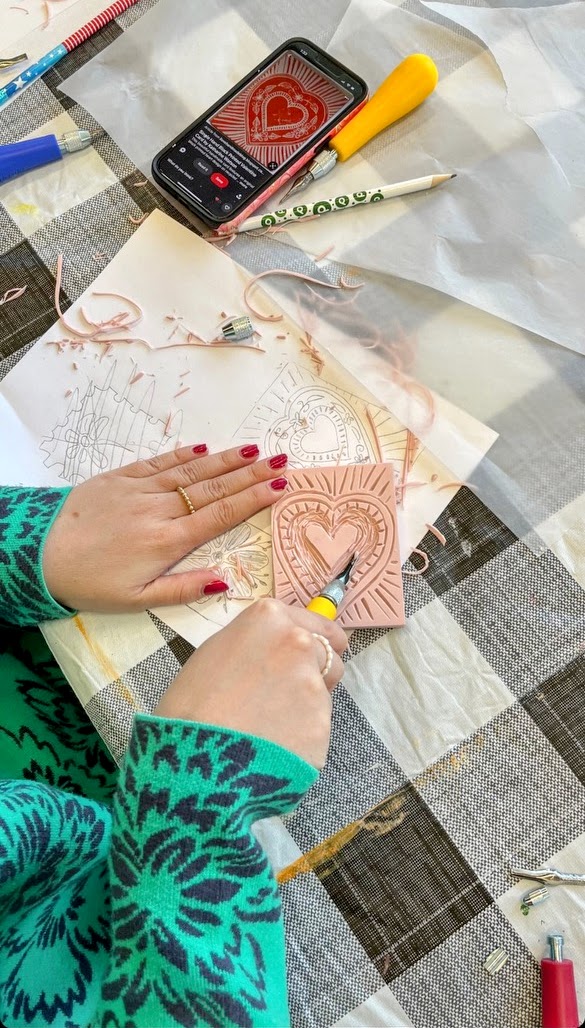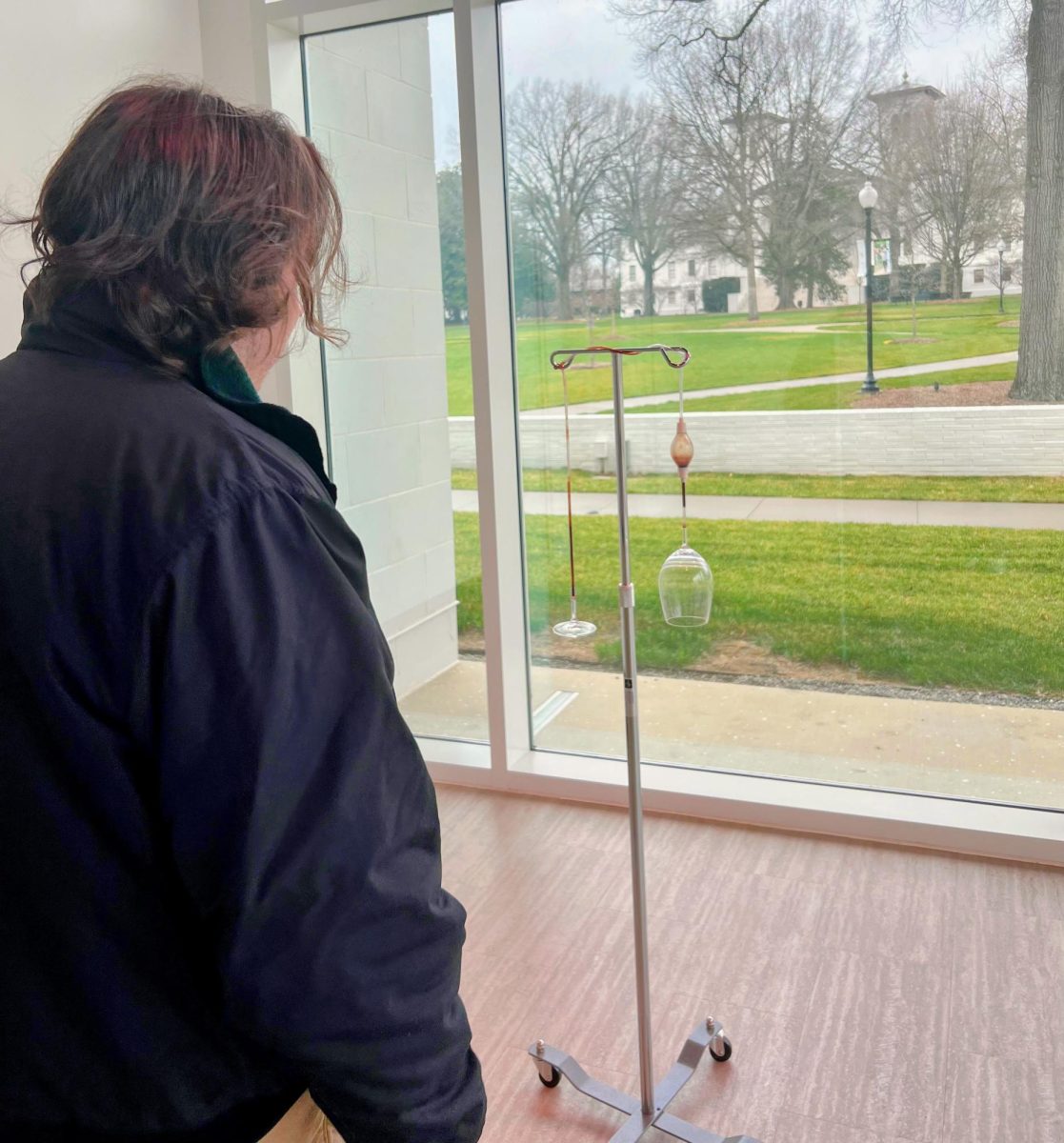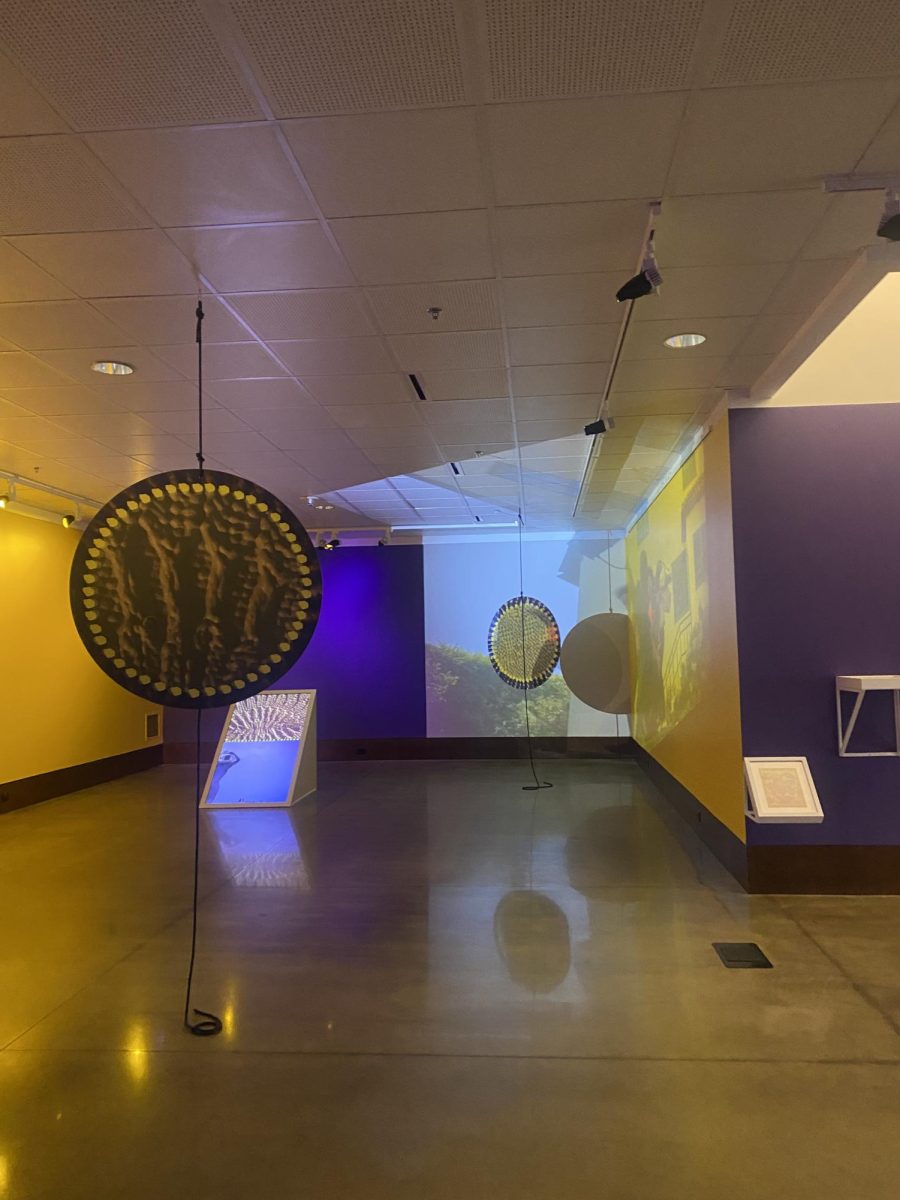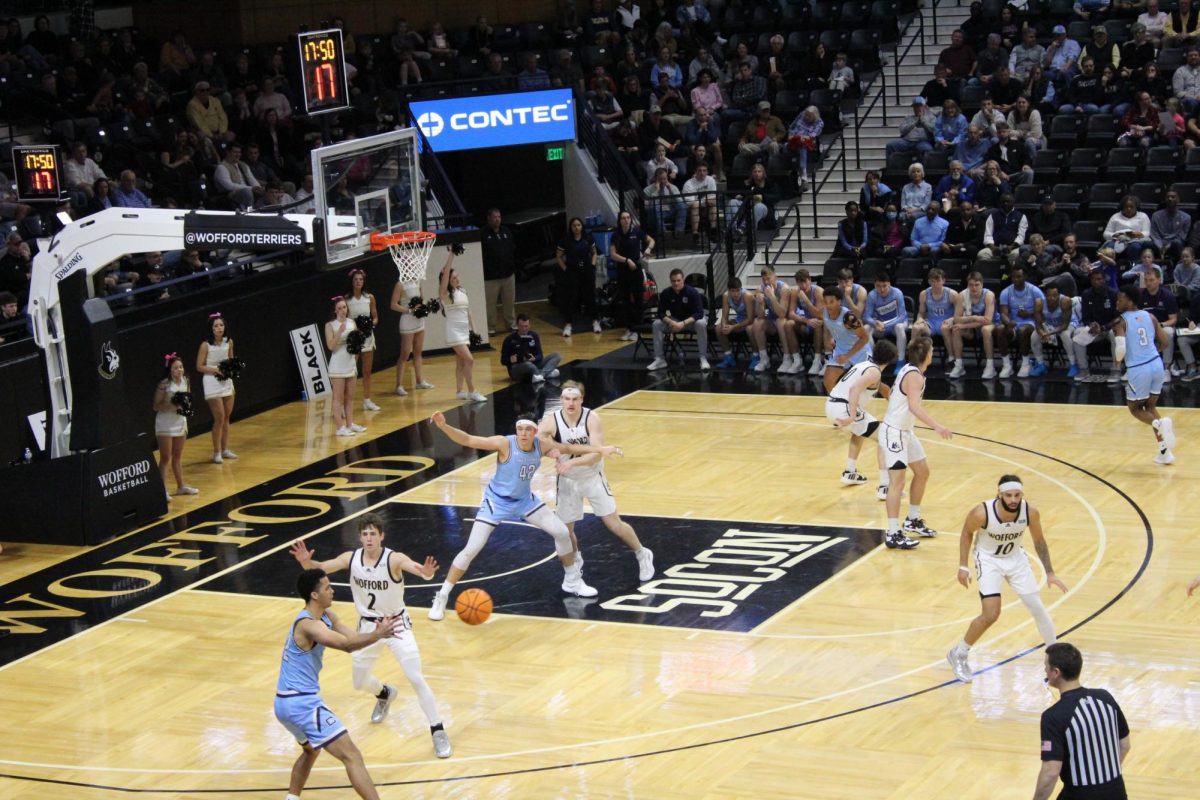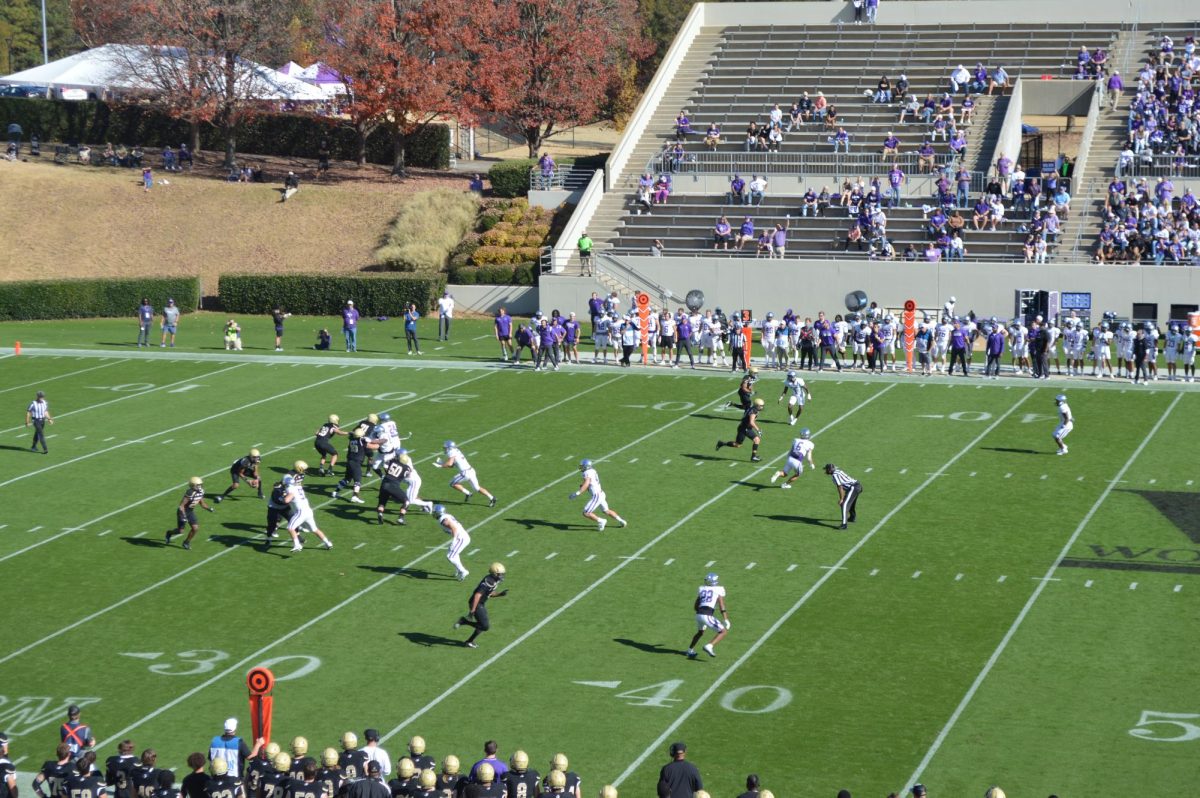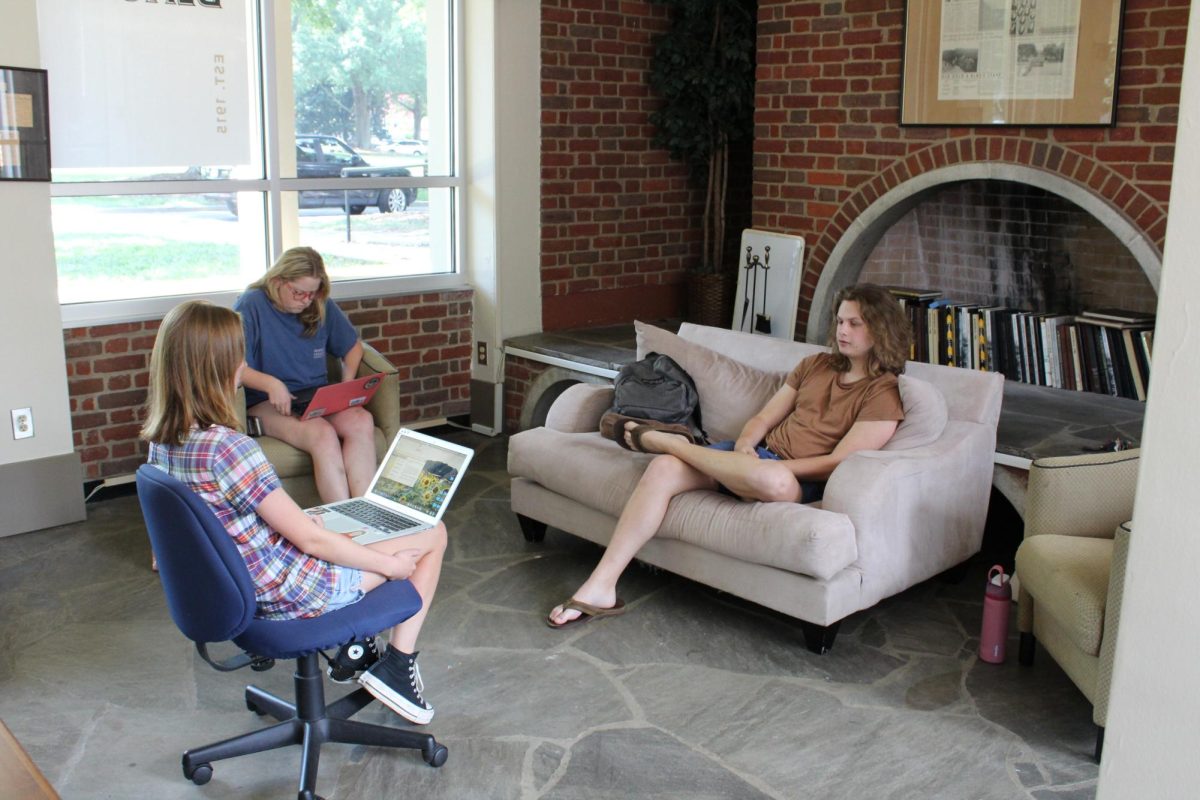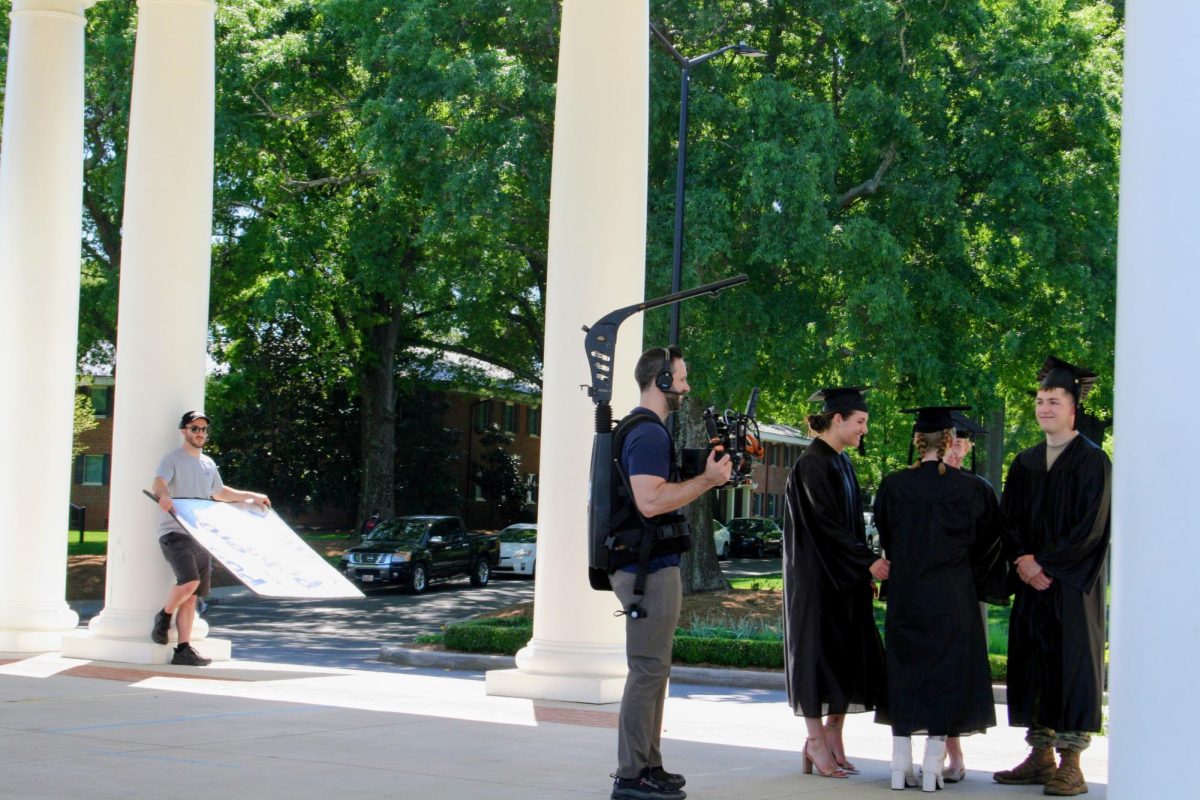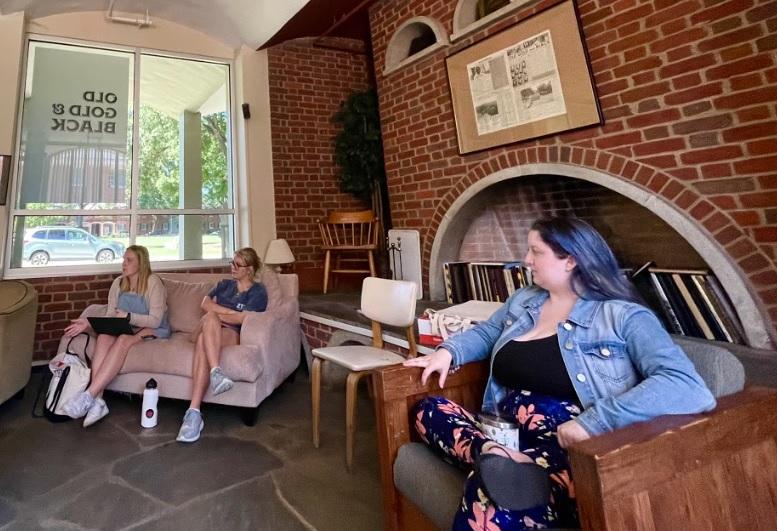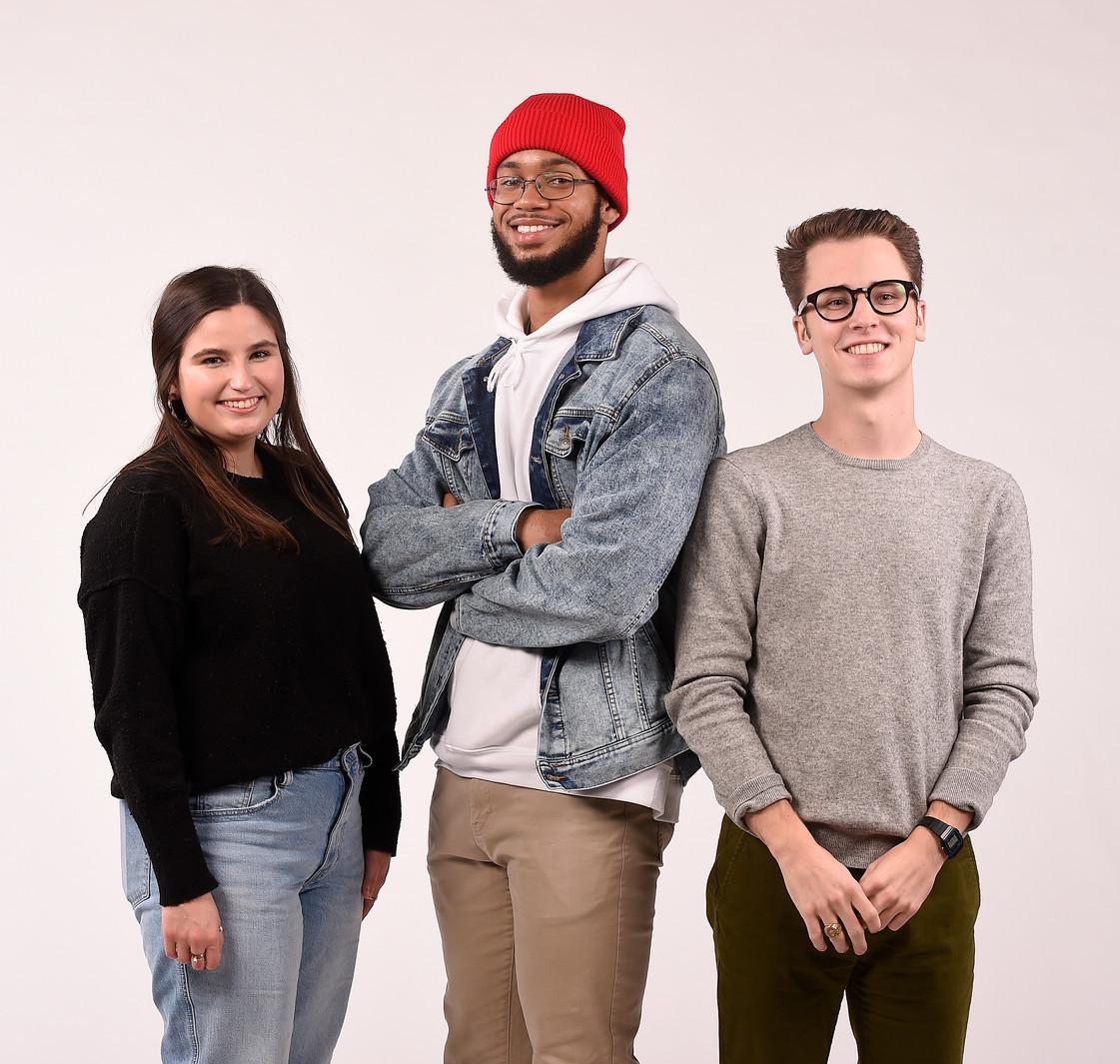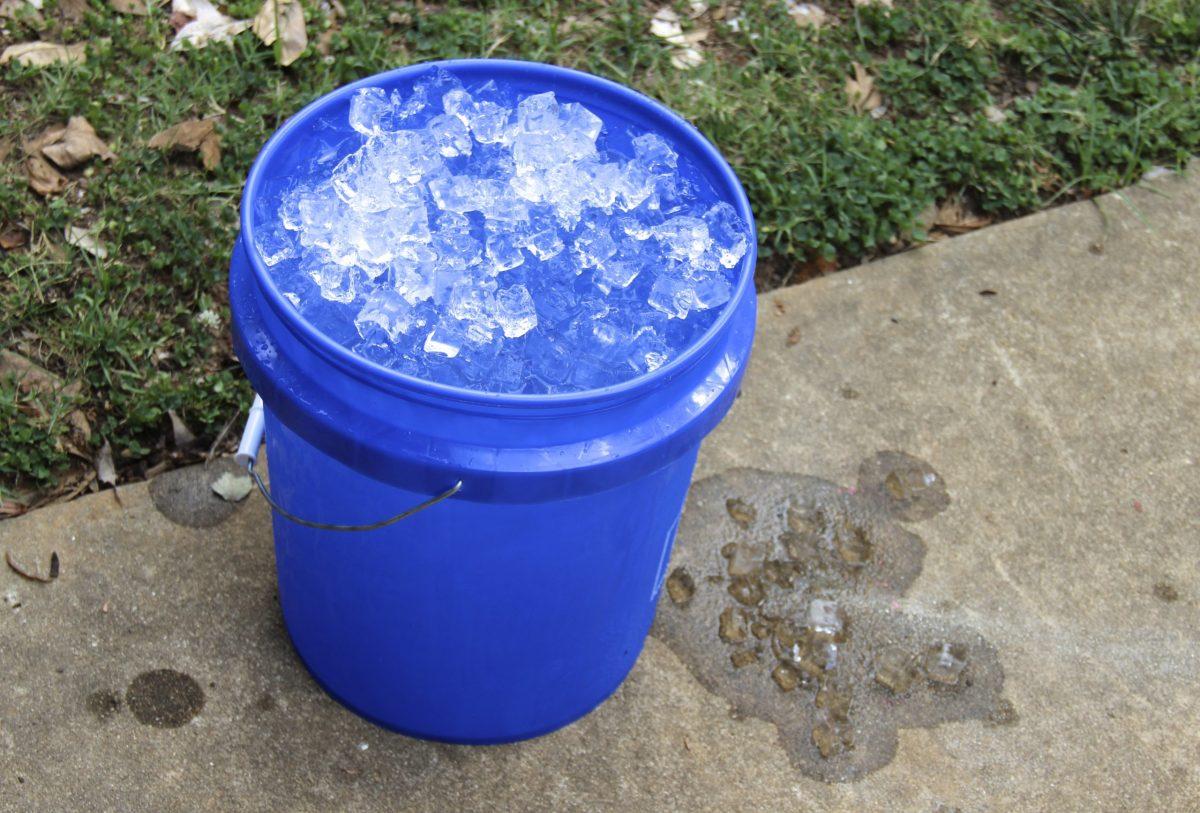THE VARYING DEGREES OF THE ICE BUCKET CHALLENGE —
In less than one month, the Amyotrophic Lateral Sclerosis (ALS) Association—the only non- profit organization for Lou Gehrig’s Disease—received $94.3 million in donations. Last year in that amount of time, the donation total was $2.8 million (alsa.org).
The cause for this spike in numbers can be accredited to the ALS ice bucket challenge, a viral phenomenon where a person is challenged to dump a bucket of ice cold water over his or her head in the span of 24 hours or face the penalty of donating $100 to the ALS Association. While the challenge has increased funding towards the charity, some critics argue that the sensation promotes narcissistic behavior.
“One point mentioned in an article I read, ‘The cold hard truth about the ice bucket challenge” by William MacAskill,’ was a phenomenon known as ‘moral licensing,’ the idea that doing a good deed ‘leads one to compensate by doing fewer good actions in the future,’” explains junior Krishna Patel who chose to not complete the challenge. “In terms of the challenge, this means that people are doing the challenge to feel good or look good to other people instead of doing it from their heart for the betterment of the world.”
Whether influenced by ‘moral licensing’ or a desire to do good, according to the ALS Association more than 300 million people in the U.S. have completed the challenge. The surge in participants brought more attention to the association than ever before. Still, Patel along with other critics would argue that ALS’s win is a loss for many other organizations.
“All of the money and attention that this association makes takes away that much more from other charities. Essentially, other charities are making that much less and are being neglected,” says Patel.
Recently Vox released a chart titled “WHERE WE DONATE vs. DISEASES THAT KILL US” that compares money raised for eight different disease-related charities to how many people die in relation to each disease in the U.S. annually. At the top of the chart, the Komen Race for the Cure—a charity for breast cancer—raised the most money with $257.85 million. The total deaths for breast cancer amounted to 41,374, however in the U.S. the highest cause of death amongst the charities was heart disease (596,577 deaths). The chart shows that in the U.S., citizens do not necessarily donate to charities that serve the greatest numbers. With the ALS ice bucket challenge now in play—standing in the middle for most donations but ranking last in total number of deaths—a difficult question arises: should certain charities be prioritized based on these numbers?
“The problem I have with that statement is it seems to assume that some charities are more important than others,” says sophomore Ian Telford who completed the challenge. “The whole point of charity is to help those in need. The fact that this charity was able to find a way to bring awareness to people with ALS does not take away from the fact that there are people suffering from other diseases and are in need of our help.”
For junior Tyler Wooley, who also completed the challenge, thinking that people will donate simply for the sake of doing good is not realistic.
“In an ideal world, everybody should donate to charities of all kind. However, we don’t live in an ideal world so people are only going to donate to charities that they personally connect to. Also, there’s only so much a normal person can do financially to help charities, so focusing on a charity of their choice isn’t a bad thing.”
Some participants have started focusing on the charity of their choice when completing the challenge, such as senior Elizabeth Thompson.
“I actually donated money to brain cancer research, a cause I’m really passionate about after my uncle was diagnosed with it and soon after died because of it.”
Thompson sees the challenge as a potential platform to increase funding for other causes. “I think it gives other charities something to learn from the ALS charity’s success and revamp their own publicity in order to increase donations and get closer to finding a cure.”
Since the challenge has gone viral, the ALS Association has raised more than $100 million, allowing the organization to fund 21 new projects led by the world’s top scientists while continuing to support 98 active projects in hopes of finding a cure for the debilitating disease.
“There’s a lot of hate for this challenge,” Wooley concludes, “but it has raised tremendous amounts of money for a great cause by using our biggest guilty pleasure: social media. Who’s not to say that something similar to this could be used to raise millions for AIDs research, or any other good cause?”


